The Future of Death Could Be a Shiny Cemetery Beneath the Manhattan Bridge
Turning corpses into light.
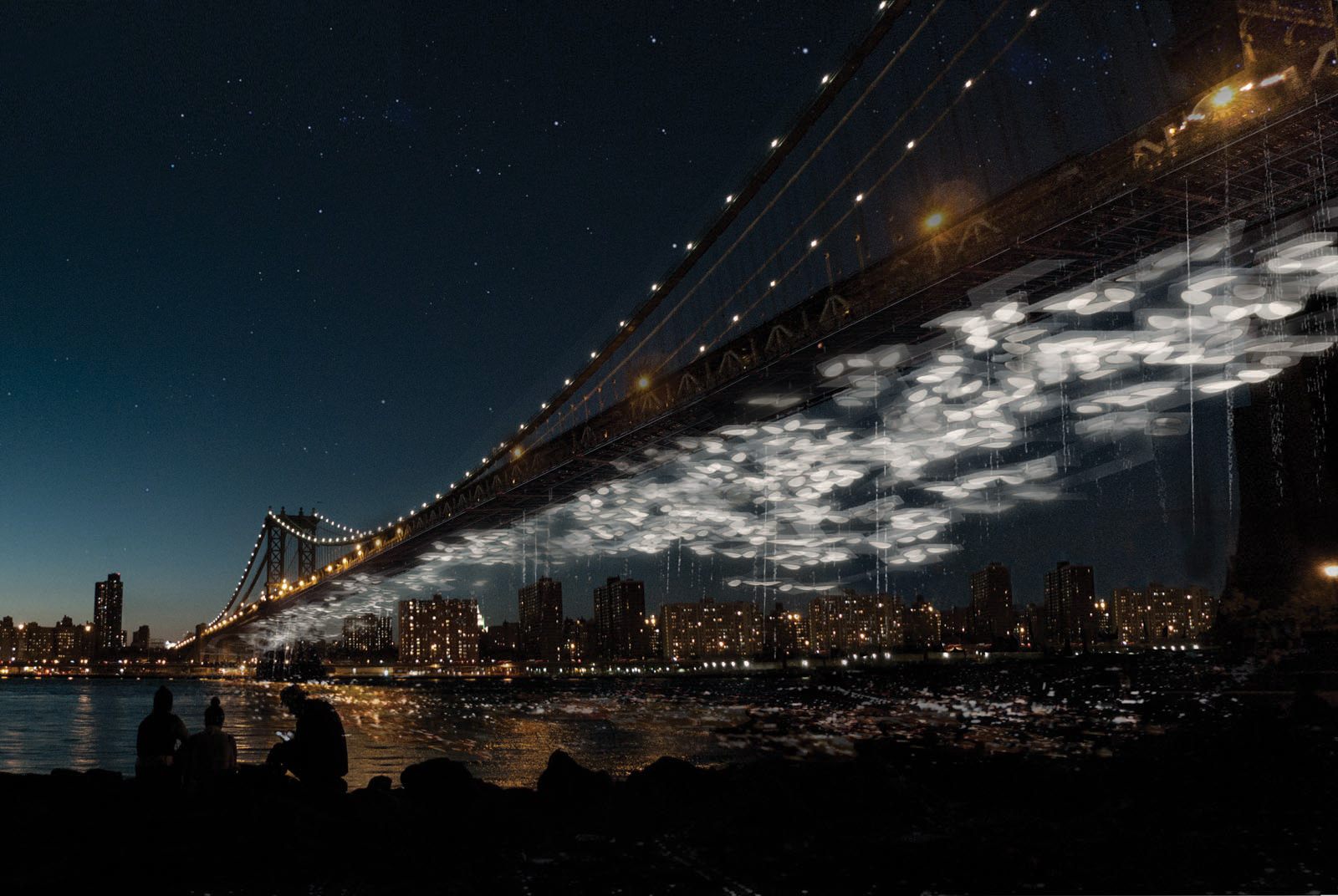

Imagine the Manhattan Bridge twinkling from underneath with hundreds of small pods filled with decaying biomass – the final resting place of many former New Yorkers, shining like stars in an otherwise dark sky.
There, you might lay flowers near a pod containing the remains of a loved one, until decomposition finishes its course and all that remains is a container to keep as a remembrance.
This is the vision that is Constellation Park, a shiny new cemetery proposed by DeathLab, a trans-disciplinary research and design space at Columbia University. For the past five years, DeathLab has been focused—during an era of global warming, overcrowding and leave-no-trace environmentalism—on solving the problem of last rites in New York, where an average of 144 bodies stack up per day.
That, in turn, totals around half a million plots per decade, consuming nearly all of the ground left in the dozens of cemeteries and polluting the air with cremation smog in the New York metropolitan area.

It’s a lot of death, in other words, in a very small space, and how we’ll deal with it in the future is an open question (also explored by Hyperallergic in May). One thing’s for sure, though: it’s probably going to look a lot different than how we’ve dealt with it in the past.
Which is where DeathLab comes in.
“Remaining titled earthen burial plots are extremely limited and relatively expensive in New York City and in dense urban environments across the globe,” said Karla Rothstein, the director of DeathLab and an architecture professor at Columbia. “Engaging the corpse on its biological basis, DeathLab’s projects incorporate mortuary processes which are far less energy intensive, elegant, and scalable.”
In Bristol, England a similar project at the historic Victorian Arnos Vale cemetery won a prestigious design competition there earlier this year, allowing DeathLab researchers to work to build a design for a prototype. Here, the Manhattan Bridge project hasn’t even gotten that far along, but if stodgy old Britain can at least try, couldn’t New York?
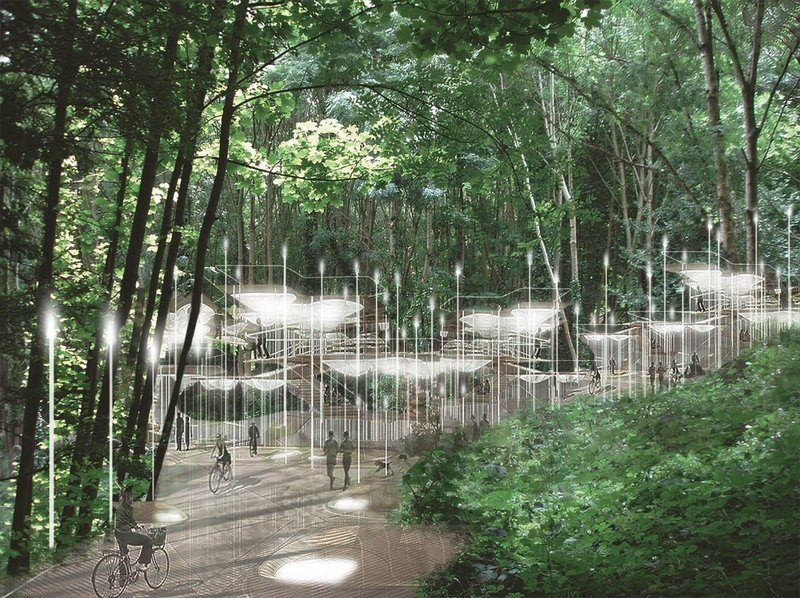
For now, the answer is no, as the idea has yet to even come before the city council, while also facing fierce opposition from the funeral industry. But like a lot of things in New York it might, eventually, come down to a numbers game: if built, Constellation Park, could accommodate around 10 percent of deaths in the city each year—a number that seems small until you start to think about the alternatives, which can be environmentally disastrous.
Constellation Park isn’t the only alternative proposed, of course. Consider, also, promession, in which mortuary workers freeze dry a body in liquid nitrogen and then shatter it to dust with a slight vibration. Another is “alkaline hydrolysis, or “flameless cremation,” through which bodies are exposed to a lye solution and then broken down with the assistance of a low-energy pressurized chamber heated to 350 degrees. This process results in a “greenish-brown liquid containing amino acids, peptides, sugars, and salts.”
But, like Constellation Park, the latter ideas have been met with obstacles: No commercial prometorium, or freeze-dryer, has yet been built. And although seven U.S. states approve of flameless creation, religious institutions, including the Catholic Church, have declared the disposal of liquefied bodies “undignified,” contributing to the demise of a 2008 bill that would have legalized alkaline hydrolysis to New York.
Proponents of alternative means of dealing with corpses have said, however, that some religious institutions—and society itself—might have to rethink their burial dogma.
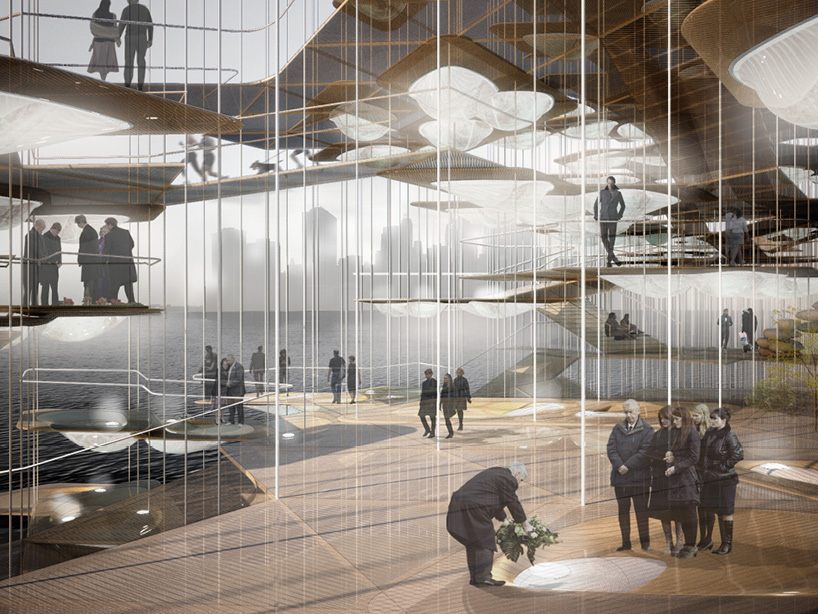
“The ways in which a cultural group has disposed of the deceased – since almost the beginning of human history – has often been a matter of environmental necessity,” said Christina Staudt, a DeathLab affiliate and the Chair of the Columbia Seminar on Death. “In the high altitudes of the Himalayas, where permafrost makes the ground impenetrable, earthen burial and burning of the body are not viable options, and a tradition of feeding the corpses to vultures developed.
“The values and practices of the current, mobile urban population,” Staudt adds, “where traditional groups rub against each other, share space and are forced to adapt and adjust to each other, have been described as fluid and kaleidoscopic.”
Which brings us back to Constellation Park, which would in part be made possible through the work of Rothstein’s colleague Kartik Chandran, who has been working on an anaerobic microbial digestion for corpses in which microorganisms consume bodies without the need for oxygen, reducing them to light.
Through that digestion, Constellation Park shines—and families wouldn’t have to, as Rothstein has put it, visit loved ones who lived in Queens for 85 years in New Jersey cemeteries 85 miles away.
It also means that the future of death in New York might be bright—at least for the living.
“Socio-cultural needs and desires are not static,” Rothstein said. “Honoring our dead is a basic human endeavor, and there are many valid practices, including new models, that can support this need.”


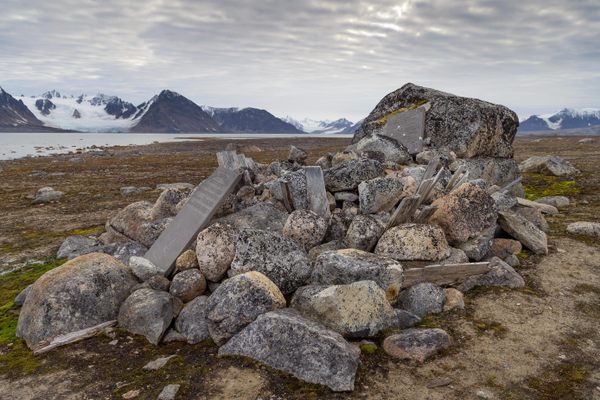

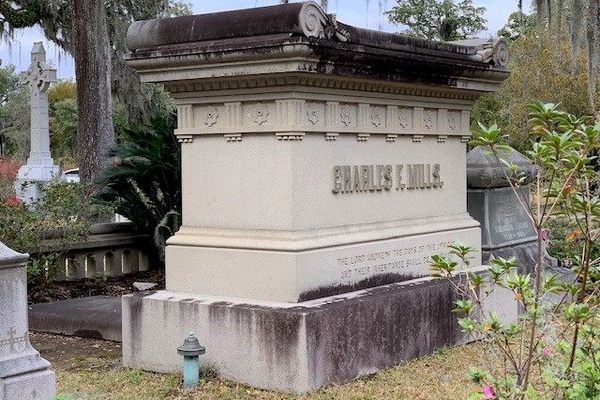













Follow us on Twitter to get the latest on the world's hidden wonders.
Like us on Facebook to get the latest on the world's hidden wonders.
Follow us on Twitter Like us on Facebook